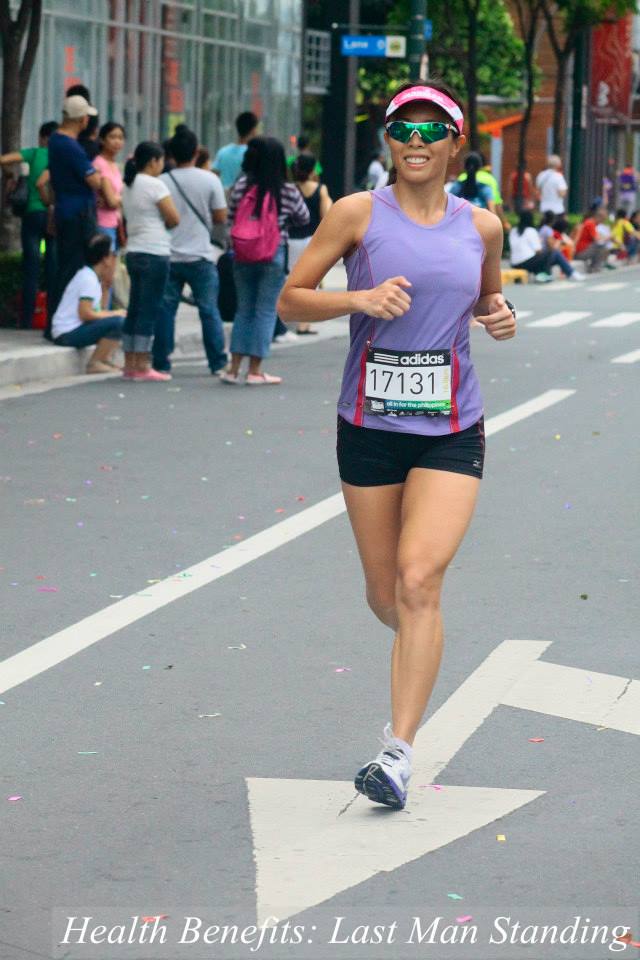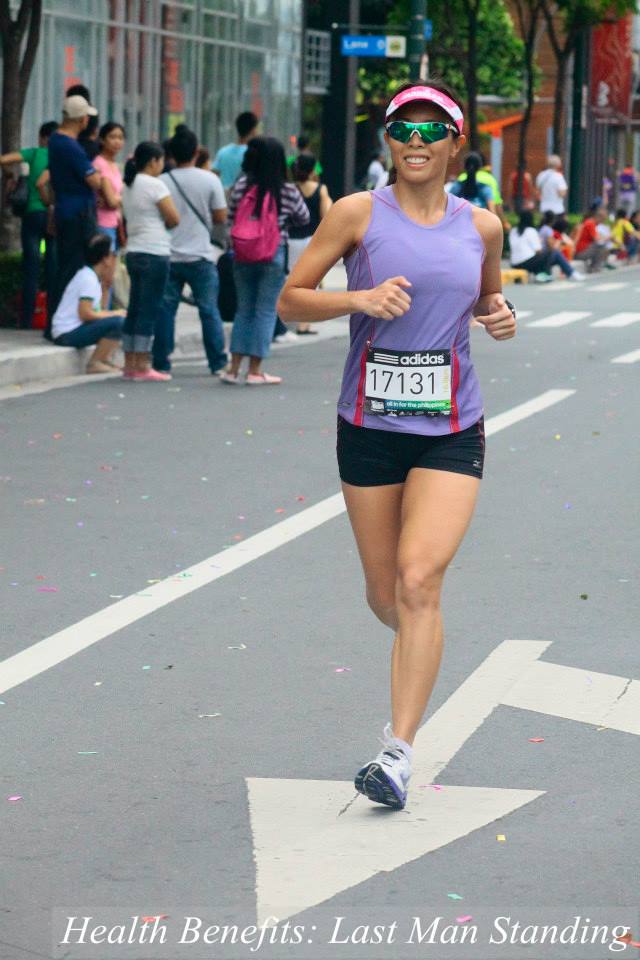This is a section on my blog where I answer questions people ask me. If you have any questions for future Ask Kikay Runner entries, email me or join Xpert.PH to get access to more expert advice!
Novy Licayan asks:
Yesterday po nagpunta kami sa gym may katabi po akong guy sa treadmill base from his shirt runner sya kasi naka-Run United shirt sya 21k finisher. (Yesterday we went to the gym and I ran beside a guy on a treadmill, a runner because he was wearing a Run United 21K finisher shirt.)
As a beginner I asked him few questions like how could I get my distance transition easier because I’ve been running 5KM for the past 6months. He told me it all depends on practice… then sabi nya hindi lang daw dapat practice lang. Dapat daw tama din daw ung porma mo ng pagtakbo. (He said it’s not just practice only. You also need to have proper running form.)
Sabi nya sa akin mali daw porma ko ng pagtakbo eh. Kapag natakbo kasi ako unang lumalapat sa paa ko eh ung heels ko hindi daw dapat ganun dapat daw front sole yung unang lumalapat. Then nasa side lang daw ung mga kamay then relax lang daw po yung shoulders. (He told me my running form was wrong. When I run, the first part of my foot that lands is my heel, but it should be the front sole that lands first. Then my arms should be at my sides and shoulders relaxed.)
Tama po ba yung advice nya sa akin at may pag-asa pa po bang mabago yung porma ng pagtakbo ko? (Is his advice correct, and is there hope for me to change my running form?)
Hi Novy!
I was blessed to attend some Pose Running sessions with Coach Patrick Joson, who didn’t focus on what part of the foot we landed on. Instead, he brought our attention to where the stride originates: the upper leg (hips and thighs). Efficient running technique means all motion your body undertakes propels you forward; according to the Pose method, this means a fast leg turnover bringing the heel up under the butt, and landing your foot under your body. The stride looks flowing and circular, almost as if your legs are pistons on an imaginary wheel. The steps you take are small, which results in lower impact forces absorbed by your joints and muscles. (As for arm swing, when you swing your arms, you do not cross the center of your body. Instead, most of the momentum of the swing is backward, which helps push your body weight forward.)
According to James Dunne, one of Europe’s leading running technique coaches, not all heel strikes are equal.
“…while some heel strikes are indeed bad news, with the runner typically over-striding, landing heavily on the heel and taking maximal impact loading rate through the rear-foot, other (less aggressive) varieties of heel strike appear to facilitate an effective midfoot loading – despite the initial contact with the ground visibly occurring at the heel.” (Don’t Believe the Heel Strike Hype)
When your foot lands in front of your body, whether on the forefoot or on the heel, you’re putting the brakes on and forcing your hips and knees to absorb the impact. One of the common errors Dunne corrects in his athletes is over-striding. He works with ironman athletes, who are distance runners like us. He says:
“Most ironman athletes come to me with at least a slight over-stride… usually a result of a slower than optimal cadence for a given pace. By working to develop a slightly elevated running cadence, correct swing leg mechanics and improved running posture, we manage to eliminate the over-stride and thus eliminate the excessive braking forces as the foot lands closer to under the centre of mass. This new strike under the centre of mass… may well naturally occur with either a midfoot strike or a gentle heel strike, depending on the athlete.” (Forefoot Running for Ironman Athletes)
Landing on the forefoot does not necessarily mean your running technique is good. You can still over-stride with a forefoot strike (and this has caused people problems with stress fractures and calf strains). Instead, your footstrike should be a result of your running mechanics.
Here you can see that I’m slightly over-striding, which will cause me to heel-strike.
Yes, your form can and will improve. Attending running clinics is a good way to improve your technique under expert guidance. You can also check out Pose Running and Chi Running books at the bookstore for drills you can do to master good running form.
I hope this helps, Novy!


